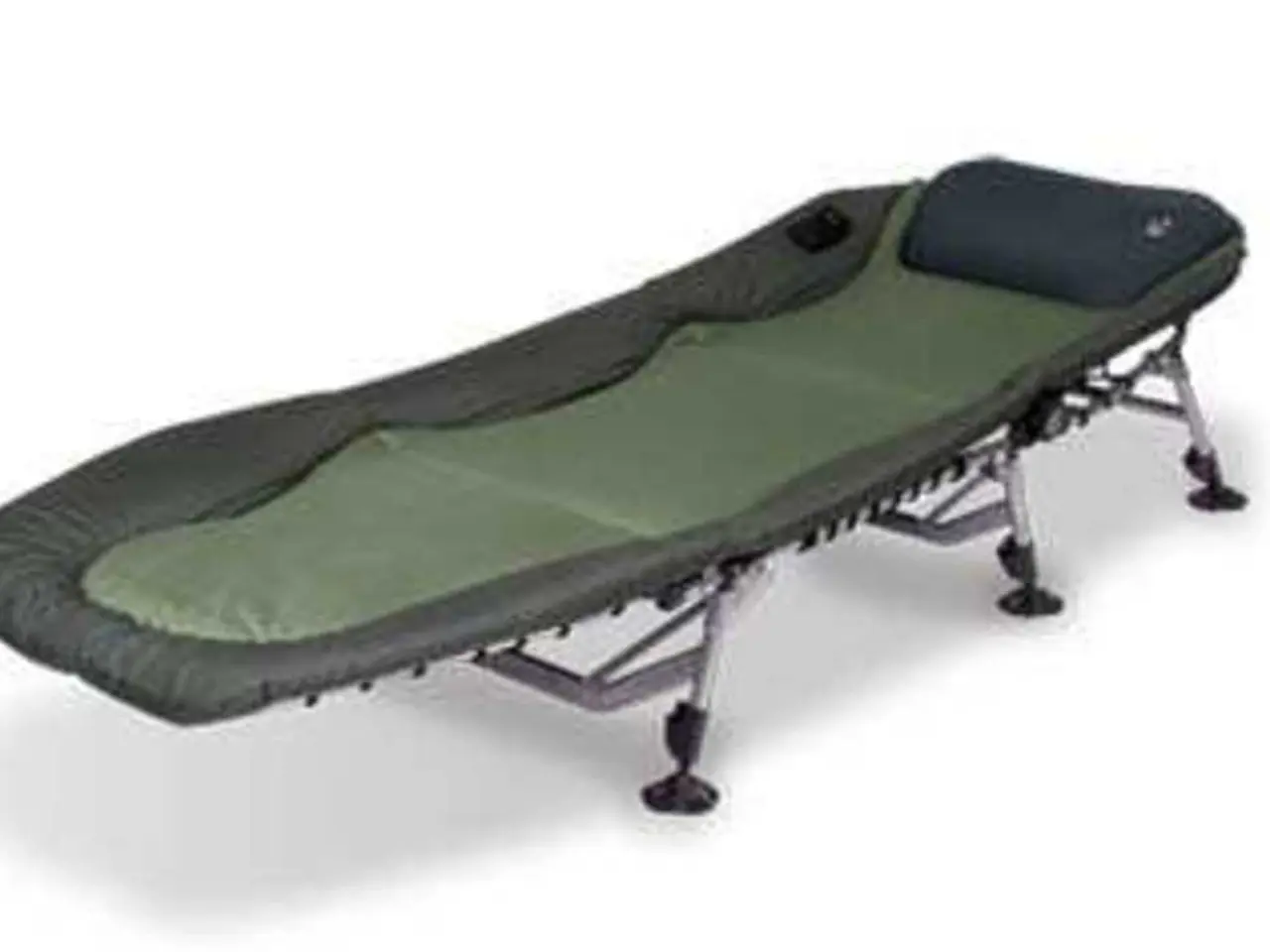Varicose Vein Stripping: What You Need to Know
Varicose vein stripping, a surgical procedure for removing enlarged, twisted veins (varicose veins) from the legs, is now less commonly used due to the preference for modern, minimally invasive techniques. Despite this, understanding the procedure and its implications remains crucial.
Varicose vein stripping is typically recommended for persistent pain, skin ulcers, blood clots, bleeding, or cosmetic concerns. Before the procedure, a physical examination and ultrasound or duplex scan may be performed to locate nonworking valves and rule out clots. Medications may need to be temporarily stopped, and a ride home should be arranged as general anesthesia is often used. The procedure, lasting 60 to 90 minutes, is usually an outpatient treatment with recovery taking 2 to 4 weeks.
However, it's important to note that varicose vein stripping is now rarely used due to the preference for endovenous laser ablation or radio frequency ablation, which are considered less invasive and more effective. These modern techniques, along with vein glue (VenaSeal), offer faster recovery, less pain, and quicker return to work. Guidelines recommend these methods as the first choice, reserving surgery only when catheter or sclerotherapy techniques are not possible.
Varicose vein stripping, despite its reduced use, remains a viable option for treating varicose veins and preventing their recurrence. The procedure carries risks such as allergic reactions, infection, heavy bleeding, blood clots, bruising, scarring, and nerve injury. As always, consultation with a healthcare provider is essential for determining the best course of treatment.




